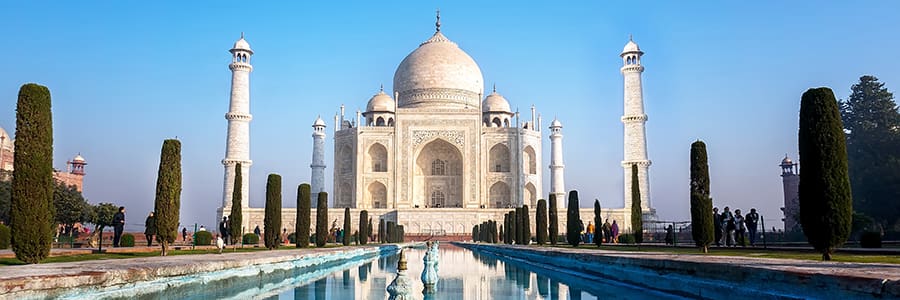The Sundarbans mangrove forest, one of the largest such forests in the world at almost 350,000 acres, lies on the Ganges Delta where the Brahmaputra, Ganges, Meghna and other rivers meet the Bay of Bengal in the Indian Ocean. The Sundarbans mangrove forest of Bangladesh lies adjacent to India’s Sundarbans National Park World Heritage site. This lowland forest is intersected by a vast network of tidal waterways, mudflats and small islands that are home to the salt-tolerant mangrove trees and presents an inspiring example of untouched and ongoing ecological development. The region around the Mangrove Forest is known for its vast array of wildlife, including more than 250 species of Birds, the infamous Bengal tiger, as well as other threatened or endangered species such as the estuarine crocodile and the Indian python.


